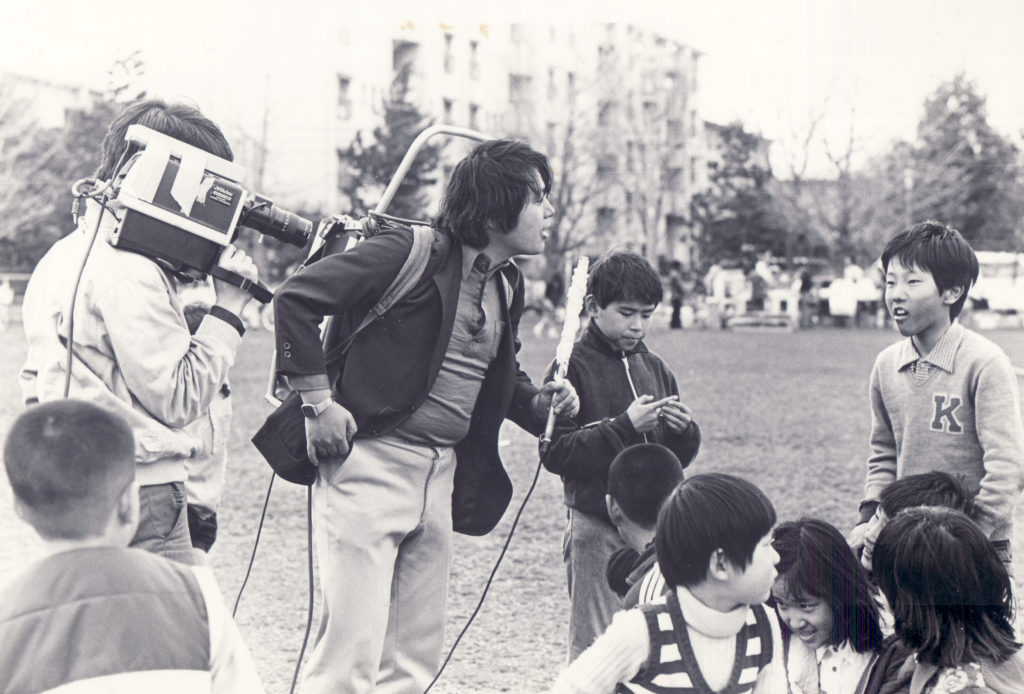Research Projects
The following is an overview of my previous and ongoing research projects. Some are collaborative and others independent, but in all cases, I am excited to hear from others who may have ideas on ways we can work together.
Interrogating Ecology
In Japan, 1970 marked a shift from rapid economic growth, industrialization, and urbanization to a critical reckoning with the new order created by the information economy, the managed society, and environmental pollution. Instigated by the 1960s discourses of cybernetics and futurology, compounded by the publication of Silent Spring and the litigation of pollution in Minamata Bay, and still further modulated by the burgeoning discourse of the information society (jōhō shakai), systems-thinking had reached an inflection point by the start of Expo ’70. This collaborative research project posited the concept of “ecology” as a key framework through which to re-examine the role, structure, and aspirations that shaped the 1970s Japanese art and media landscapes.
Research and digitization for the Interrogating Ecology project was supported by Collaborative Cataloguing Japan, and funded by an Asian Cultural Council grant. The December 2021 events were further supported by an Association for Asian Studies Northeast Asia Council programming grant. The core research group consisted of Haeyun Park, Seoul National University; Tomotaro Kaneko, Aichi University of the Arts; Nina Horisaki-Christens, Columbia University; Franz Prichard, Princeton University; and Julian Ross, Leiden University Centre for the Arts in Society (LUCAS). A second group of contextual scholars, consisting of Yuriko Furuhata, McGill University; Takeshi Kadobayashi, Kansai University; and Takuya Tsunoda, Columbia University provided further articulation of the research theme in the realm of film and media studies.
Image at right features Norio Imai, Pieces of Images – 64 Pieces, 1973-2014 behind the text box.

Hiroba's August 1974 Karuizawa Video Game Festival.
Early Japanese Video and 1970s Media
My dissertation and current book project examine the birth of the term bideo (video) in Japanese art discourse of the early 1970s through the work of the Tokyo-based collective Video Hiroba. Focusing on artists working at the intersection of foreign and Japanese-language media theory, shifting conceptualizations of “the public” at the end of a decade of protests, a moment of ecological crisis wrought by urban development, and debates around art’s boundaries and institutional structures, this project draws on critical translation theory to address video as a medium of translation. It demonstrates how a rejection of expression in favor of “communication” by the group evoked new images of community, and positions Video Hiroba at the intersection of local and transnational networks that trouble the geographically defined center-periphery hierarchies of modernist art. It further it makes a case for re-framing the relationship between histories of media art and socially engaged practices through a closer study of Video Hiroba’s contributions to these fields.
Beyond the specifics of this book project, I am also developing essays on the activities of individual members of the group, the gender dynamics of the 1960s and ’70s media landscape in Japan, and issues of race and orientalism in early trans-Pacific video practices.
Photography in Japan around 1970
I have also studied 1960s and '70s Japanese photography, writing my Masters' thesis on photographer Hosoe Eikoh's collaboration with dancer Hijikata Tatsumi and presented research on the place of Kitai Kazuo in the photography and media landscape around 1970.
Image caption: Kazuo Kitai, Old Lady Faces the Water Cannon, 1970, from the series Sanrizuka, 1969–72 (far right)
Written content © 2022 All Rights Reserved.
